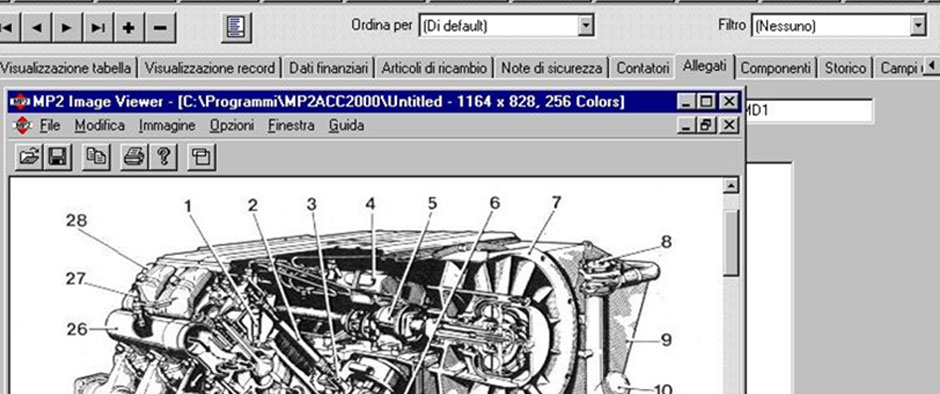
In Maintenance Global Services pensiamo che l’ingegneria di manutenzione sia la base di partenza per un piano organizzativo e di riduzione dei costi di manutenzione efficace.
Per ridurre i costi di manutenzione occorre passare più rapidamente possibile ad una manutenzione preventiva e su condizione relegando il guasto a puro evento marginale.
In questo modo si rende possibile una programmazione dei lavori e quindi una configurazione del servizio manutentivo snello ed efficace.
Per ottenere questo risultato, l’ingegneria di manutenzione , ha il compito di progettare, migliorare e verificare il sistema manutentivo a partire dalle politiche di manutenzione.
La nostra attività d’ingegneria di manutenzione punta attraverso l’analisi della documentazione disponibile ed accurati sopralluoghi sugli impianti, alla verifica del sistema manutentivo per poi definire una programma che punti alla:
1) Pianificazione delle attività manutentive multidisciplinari
2) Programmazione delle risorse umane
3) Gestione dei materiali e delle parti di ricambio
4) Analisi dei risultati
Maintenance Global Services think that the maintenance engineering is the basis for an organizational plan and reduction of maintenance costs effectively. To reduce the maintenance costs necessary to pass more quickly as possible to a preventive maintenance and on the fault condition relegating to pure marginal event. In this way it makes possible a planning of the work, and then a service configuration manutentivo streamlined and effective.
To obtain this result, the maintenance engineering, has the task of designing, improving and verifying the maintenance system starting from the maintenance policies. Our engineering activities maintenance tip through the analysis of available documentation and accurate inspections on the plant, the verification of the maintenance system and then define a program that aims to:
1) Planning of maintenance activities multidisciplinary
2) Planning of human resources
3) Management of materials and spare parts
4) Analysis of the results
